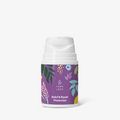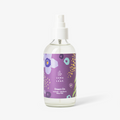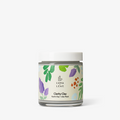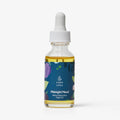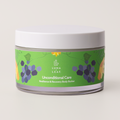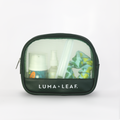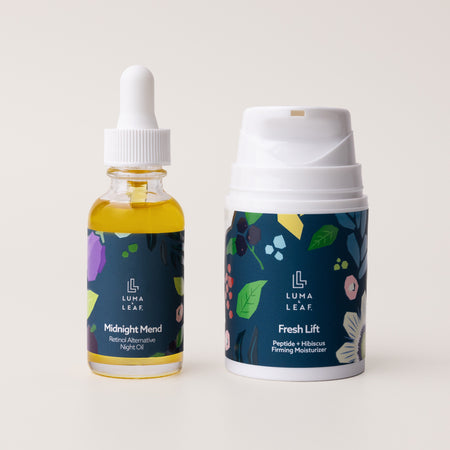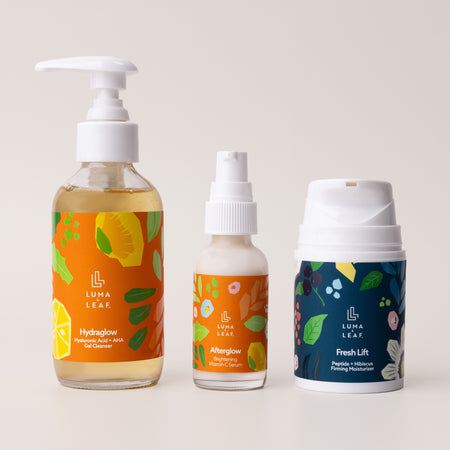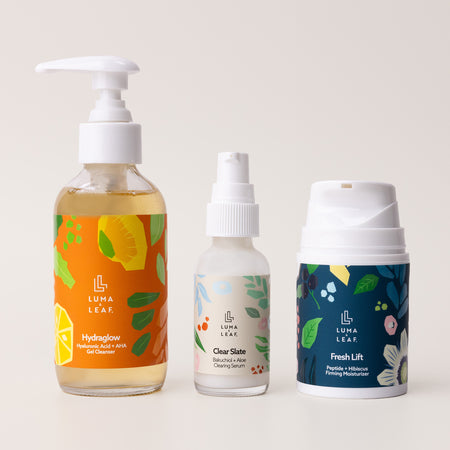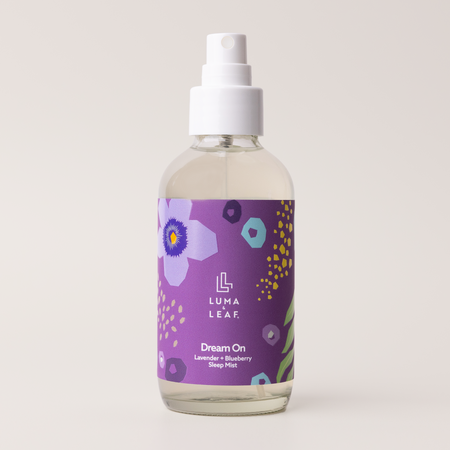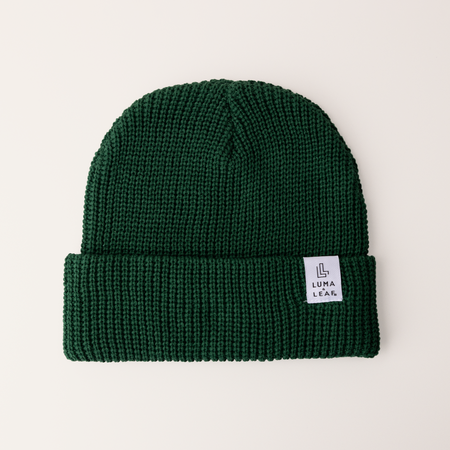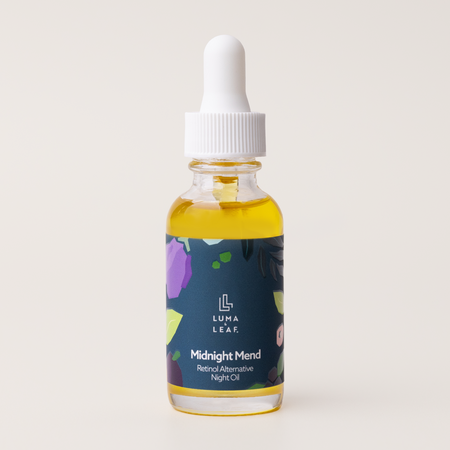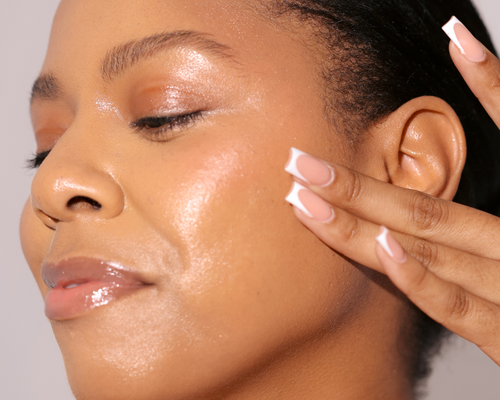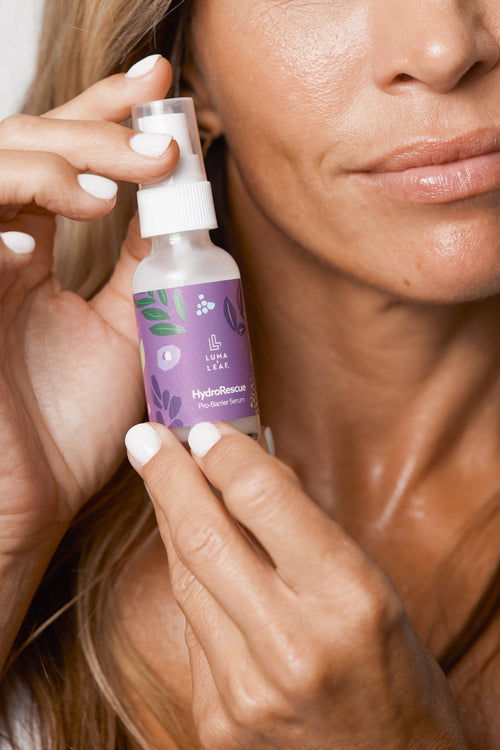
Ah, one of the most common skincare topics of conversation: The difference between AHA vs. BHA exfoliants. Don’t worry if you aren’t up to speed on how the two differ - we’ll get you there.
Once you start the deep dive into skincare, it’s easy to get lost in the sea of formulas, trends, and what’s in. If you’re new to caring for your skin, you’re most likely confused by some of the jargon thrown around. We totally get it, and we’re here to make things easier for you. Two very common acronyms you’ll see during your skincare journey are AHA and BHA exfoliants. Keep reading to learn how these two can both be beneficial for your skin.
Meet AHA
AHA stands for Alpha Hydroxy Acid, which is a chemical exfoliant derived from fruits, lactose, and sugarcane. The most common types of AHAs are glycolic, lactic, mandelic, malic, and citric.
AHA’s Superpowers
When deciding whether AHA exfoliants or BHA exfoliants are right for you, consider your skin type and history down to the basics. How’s your skin on a day-to-day basis?
Here’s a little bit about AHA exfoliants:
- AHAs tackle dry, dull skin
- AHAs have the ability to enhance natural moisturizing factors in skin
- AHAs can increase photosensitivity of skin, so wearing sunscreen with them is a must
Studies have shown that treatments with AHAs result in increased skin firmness and reduced appearance of fine lines and wrinkles. Are we speaking your language yet? It’s also important to note that AHA exfoliants have positive effects on both the dermis and epidermis, but provide the most immediate results on the surface of the skin.
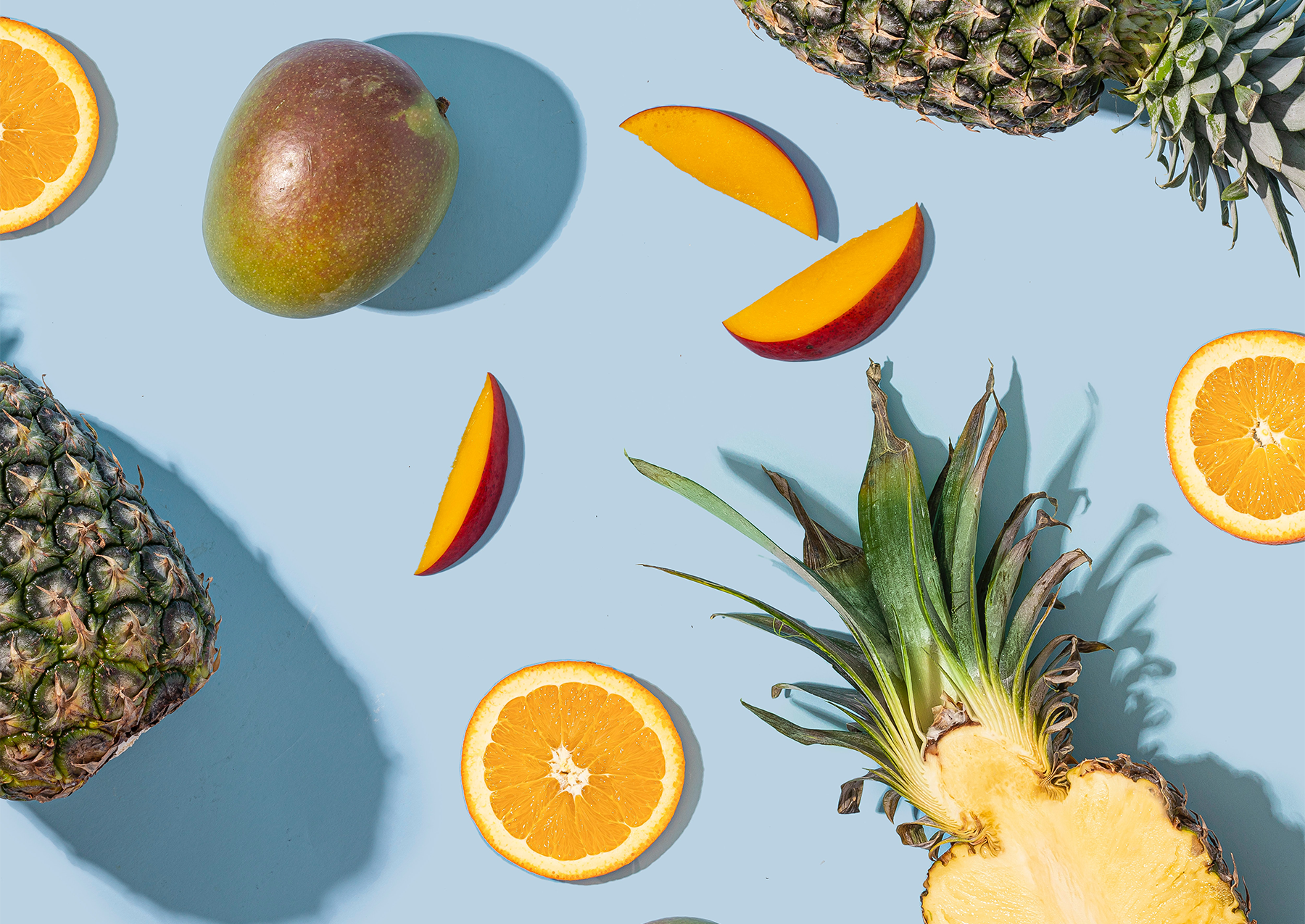
Meet BHA
BHA stands for Beta Hydroxy Acid. The most common type of BHA exfoliant is salicylic acid, which can also be sourced naturally through willow bark and wintergreen extract.
BHA’s Superpowers
You guessed it - if you’re more of the oily skin type, BHA exfoliants might change your life. BHAs naturally slow down oil production, among many other perks.
Here are some reasons BHAs are praised:
- BHAs target acne-prone skin (yes, we’re looking at you, blackheads)
- BHAs can be gentler on skin and don’t cause photosensitivity
- BHAs have bacteria-fighting, anti-inflammatory properties
Studies have proven salicylic acid’s effectiveness at reducing and managing acne. Need we say more? Because BHAs work below the skin’s surface, their acne-fighting powers are better, stronger, and more direct.
AHAs vs. BHAs
While AHA vs. BHA is typically a face-off situation, they also have some similarities. As chemical exfoliants, they both also encourage cell turnover. This common feature works to smooth, brighten, and firm skin to reduce wrinkles left and right. These acids also work hard to clear acne and combat dullness, just in different ways.
And don’t even get us started when you put the two together… You may just have yourself a *chef’s kiss* combination.
AHA & BHA Combos
Depending on the kind of skin concerns you’re trying to tackle, these two acids have been effectively proven to work well together. We’re especially talking to the people who want to exfoliate the surface of skin while simultaneously targeting clogged pores and acne. Sound like you?
If a fresh face-lift is a skincare goal of yours, pairing AHAs and BHA exfoliants can work to reduce inflammation while smoothing and encouraging collagen production. If you see a product with both of these skincare superheroes, know you’re in good hands.
Don’t wait to start your skincare journey. Get your skin in shape today:

